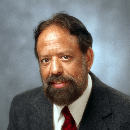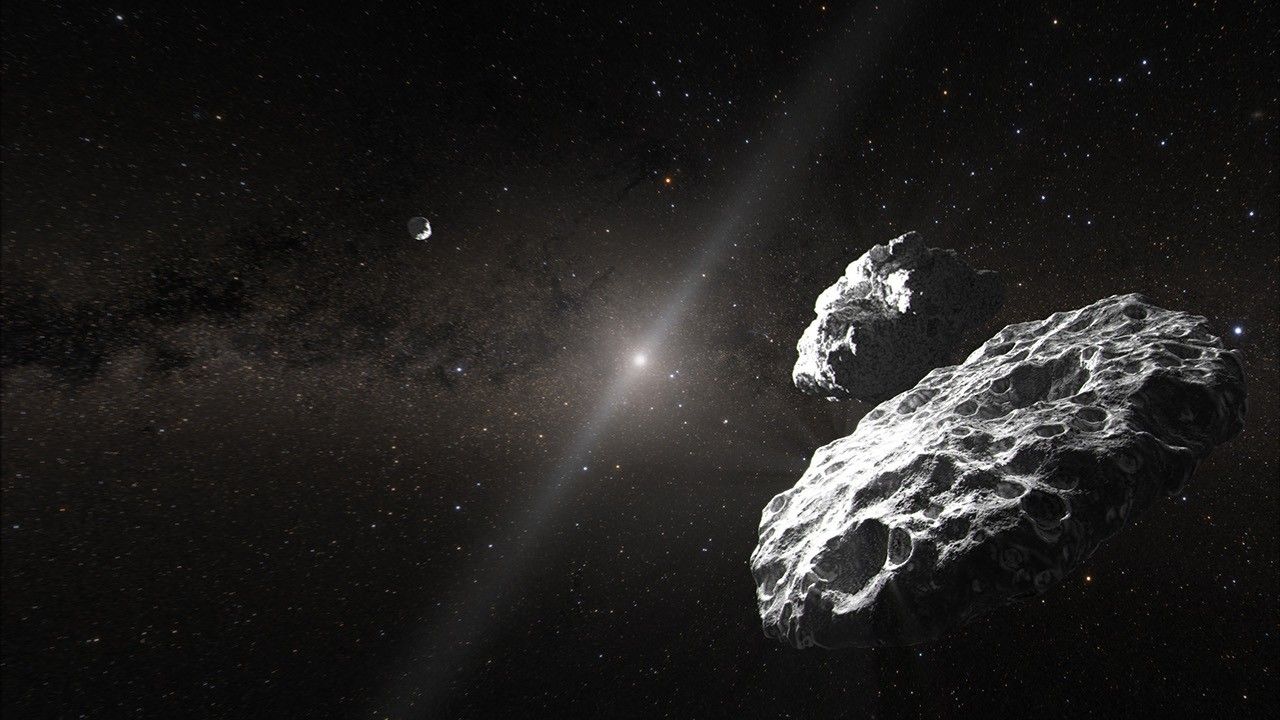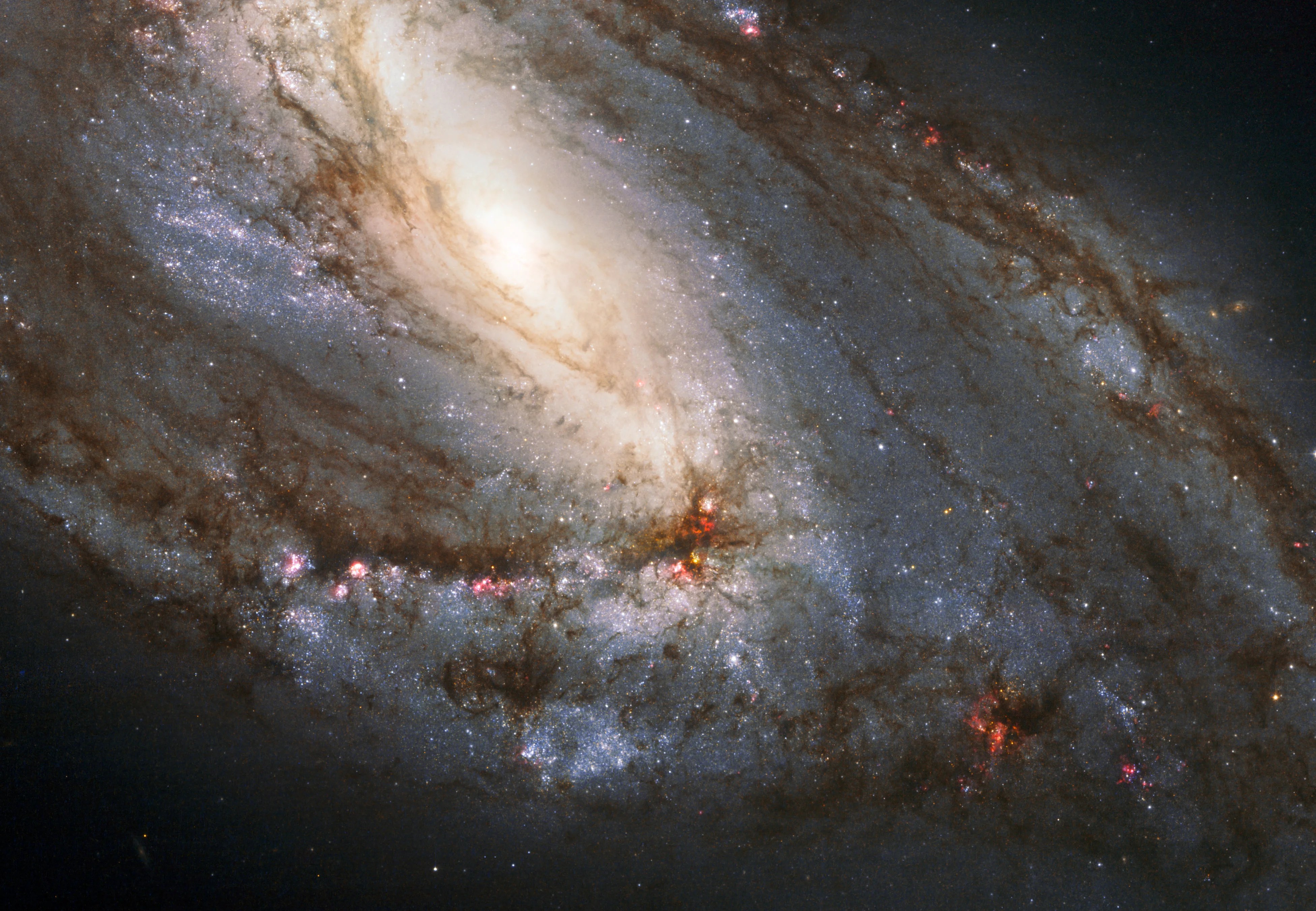
Hanwant B. Singh
Scientist
Branch: Atmospheric Science Branch (SGG)
Email: Hanwant.b.singh@nasa.gov
Phone: (650)604-6769
Professional Biography
Hanwant B. Singh received his Ph. D. from the University of Pittsburgh (1972) and B. Tech from the Indian Institute of Technology Delhi (1968), both in Chemical Engineering. He has studied the composition and chemistry of the atmosphere for the past 30 years and has published more than 220 scientific papers (h-index: 90; 25000 citations) and one textbook in this area. His primary research goal has been to better understand the impact of human activities on the chemistry and climate of the earth’s atmosphere through direct observations and data analysis. He has designed and led major international field campaigns towards this goal. He led a group of atmospheric scientists at the NASA Ames Research Center and is a former Director of Atmospheric Chemistry laboratory at SRI, formerly Stanford Research Institute.
He is the recipient of the HJ Allen Prize, Frank A. Chambers Award for “outstanding achievement in the art and science of air pollution,” three NASA Exceptional Leadership/Scientific Achievement Medals (1998, 2005, 2009) and most recently NASA’s highest honor “The Distinguished Service Medal”. He is a Fellow of the American Geophysical Union and the World Innovative Foundation and a “Distinguished Alumnus” of the Indian Institute of Technology, Delhi, and the University of Pittsburgh School of Engineering. For 25 years (1992-2017) he was the Editor-in-Chief of the international journal Atmospheric Environment. He retired in 2018 and is presently active as an “Ames Associate”.
Experience
Co-Mission Scientist/Leadership Team –SEAC4RS (2013)
Flight Scientist- ATTREX (2010-2015)
Co-Mission Scientist –ARCTAS (2008)
Lead Mission Scientist- INTEX-B/MILAGRO (2006)
Lead Mission Scientist – INTEX-A/ICARTT (2004)
Co-Mission Scientist- SONEX/POLINAT (1995)
1985–Present: Senior Scientist, NASA Ames Research Center, Moffett Field, CA.
1975–1985: Director, Atmospheric Chemistry, SRI International, Menlo Park, CA
Education
Postdoctoral Fellowship: Environmental Sciences, Rutgers University, NJ, 1974
Ph. D. – University of Pittsburgh, PA. 1972
B.Tech – Indian Institute of Technology (IIT)- Delhi, 1968
Awards & Others
Distinguished alumnus of the Univ. of Pittsburgh School of Engineering (2019)
NASA Distinguished Service Medal (2018)
Finalist Samuel J. Heyman Service to America Medals (2017)
Distinguished alumnus “225 medallion” from Univ. of Pittsburgh for bringing “honor to the University”,.
Editor-in-Chief of the international Journal of Atmospheric Environment (1992-2017)
NASA Exceptional Achievement & Leadership Medals (2009, 2005, 1998)
Fellow of the World Innovative Foundation
In the ISI list of 25 most cited in Geosciences
Distinguished Alumnus, Indian Institute of Technology, Delhi.
Fellow of the American Geophysical Union
HJ Allen Prize for the best scientific paper (shared with Nobel Laureate P. Crutzen).
Frank A. Chambers Award for “outstanding achievement in the science and art of air pollution”
Ames Associate Fellow
Scientific Contributions
Proposed and led major atmospheric field experiments. Developed highly sensitive instrumentation and provided key measurements in the atmosphere and the oceans using surface and airborne platforms. Following are examples of contributions (made with colleagues) that have had a significant impact:
- First to detect and measure phosgene in the atmosphere.
- First to demonstrate that atmospheric carbon tetrachloride was of man-made origin, now a widely accepted view.
- First to propose and apply the concept of using methyl chloroform as an indicator of OH radicals to study global oxidation.
- First to discover that a large background of PAN was present in the global troposphere; developed new instrumentation and performed field studies to demonstrate its important role in ozone chemistry.
- Provided the first global measurement of important oxygenated organic species (e. g. acetone, methanol) and proposed a new source of HOx radicals from oxygenated species.
- Developed sensitive methods to explore chlorine atom chemistry in the troposphere.
Publications
Over 220 scientific publications in major scientific journals (h-index: 90; 25000 citations)
Book chapters
One textbook titled “Composition, Chemistry and Climate of the Atmosphere”






















